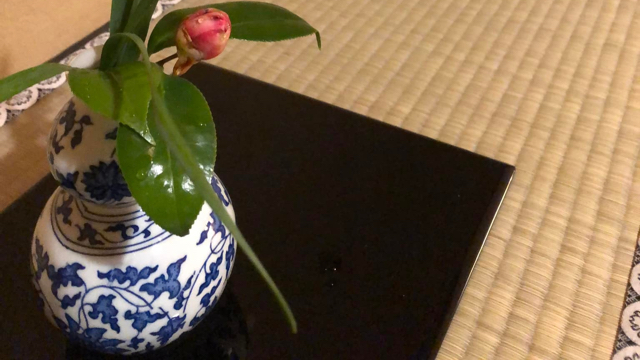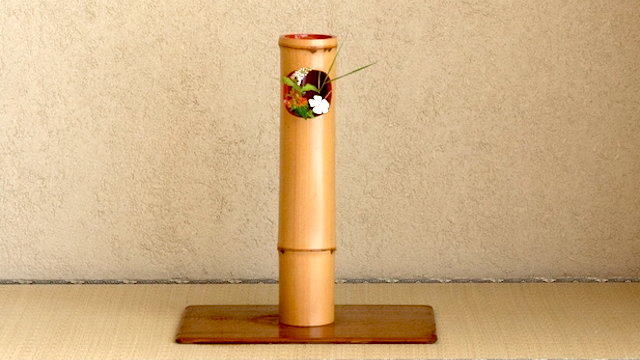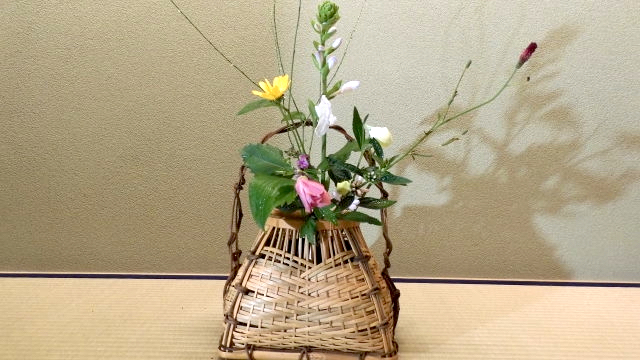
Celadon flower vases began as replicas of old bronze ware, and many of them were modeled after them in shape.
In Japan, Chinese celadon is roughly classified into bright blue-green kinuta de, called powder blue, from the Southern Song Dynasty, and slightly yellowish kinuta from the Yuan Dynasty (1271-1368) to the Ming Dynasty (1368-1644). It is called ``Tenryuji-de'', which is green with a band around it, and ``Shichikan-de'', which is characterized by its transparent pale emerald-blue color and intrusion in the late Ming dynasty. I have split.
In terms of the shape of the celadon vase, it can be roughly divided into four types: "Shimobu", "Kinuta", "Middle turnip", and "琮".
A shimo-kabura is a celadon vase with a wide body and a long, thick neck. Those that belong to the series of Shimo-kabu are classified into ``takeshi'', ``tube ear'', ``thin mouth'', ``gingko mouth'', ``kikyo mouth'', and ``citrus mouth''.
Kinuta is a celadon porcelain vase with a long cylindrical neck on a body with clear shoulders. The kinuta type has no crest on the surface, and many of them have ears such as phoenix ears, shachimimi, and carp ears, and the mouth opens like a cup. In Yomei Bunko's Tachibana Zukan, there is a description of ``bird ears, fish ears, ear ears, and sake cups.''
Nakakabura has a bulging body with a mouth that opens like a morning glory and a base that spreads out at the end, and a thin cylindrical body that has a mouth that opens like a morning glory and a base that spreads out at the end. There is one that imitates "Ko Sakazuki". Among the ones that imitate the ``Kabura'', those that do not have a stretched body are called ``Kabura-nashi''.
A so is a cylindrical celadon vase with a square column shape and rounded top and bottom ends. It is also called ``Sangide'' or ``Kyozutsu''. It is thought to have originated from the 琮, a jade vessel used for rituals in ancient China.

Metal vases and Chinese ceramic vases are considered to be of high rank, followed by Japanese glazed and unglazed ceramic vases.
陶磁器
Madake bamboo is often used and is suitable for handicrafts. You can enjoy the expression of shapes and individuality such as "sun-cut", "single-cut", and "double-layered" like shakuhachi, using bamboo knots, distortion and stains.
竹
Basket-shaped flower vases made of woven bamboo, rattan, and wisteria vines are collectively called 'kagohana-ire'. (Bamboo baskets, rattan baskets, etc.)
籠